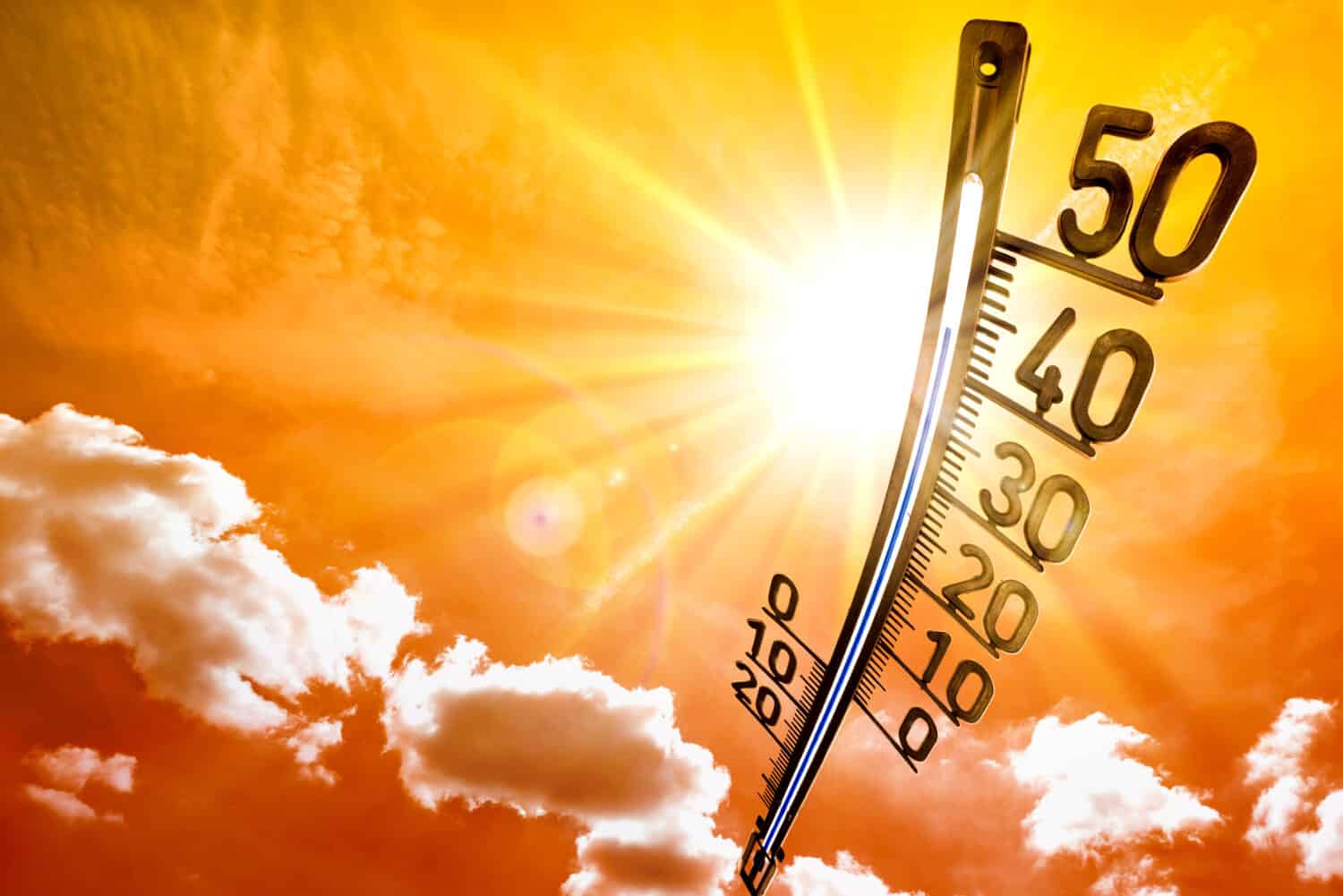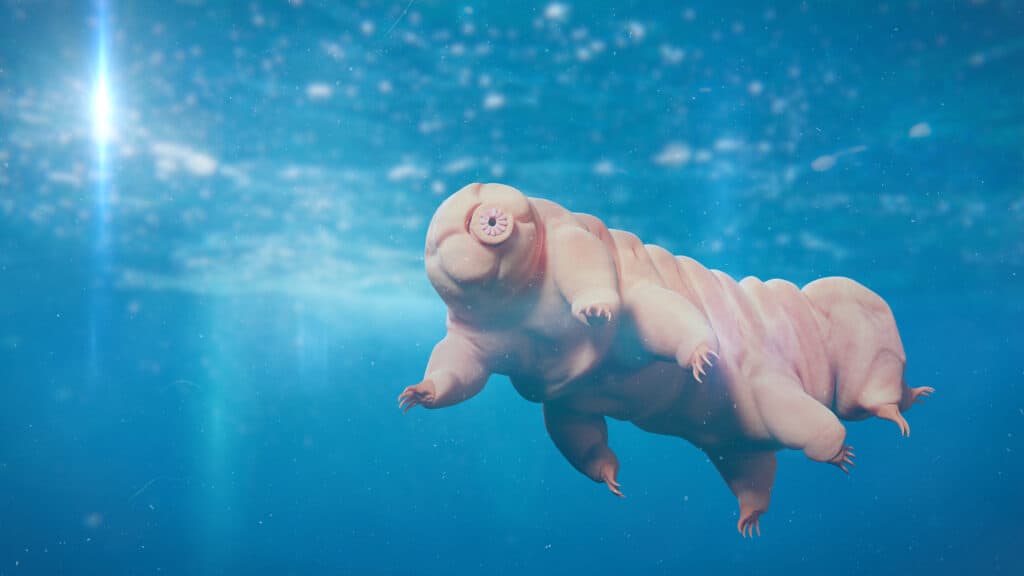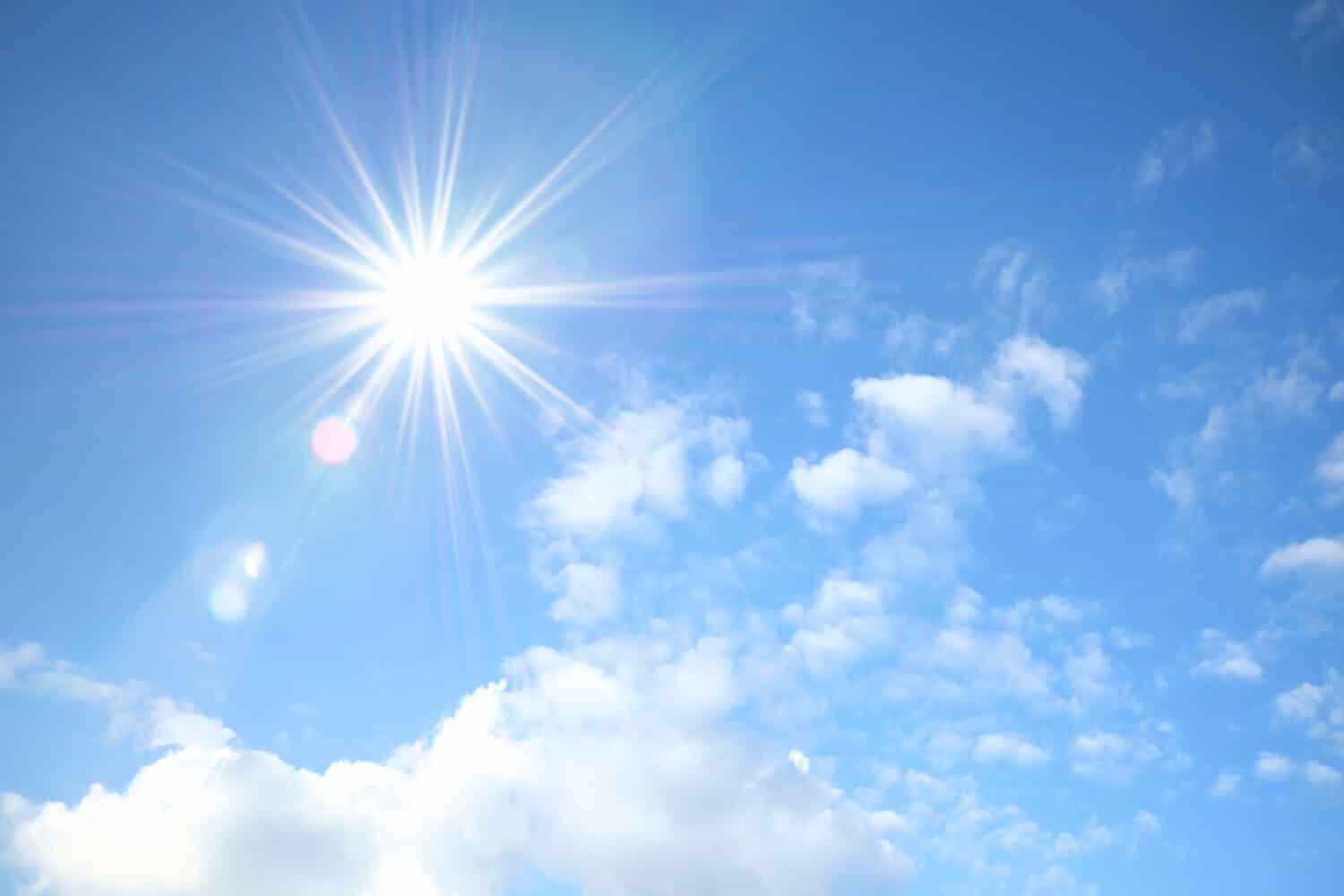When you think of the state of Wisconsin, you probably don’t often think about how hot it gets there, much less about record-high temperatures in the area. Situated in the northern Midwest, the state gets a larger reputation for its extended, and freezing cold, winters. It’s true – Wisconsin is not the state to move to if you’re looking for heat. The summers often reach soaring temperatures, but the heat is fickle and passing, making way for cool autumns and heavy winter snowfalls.
That doesn’t mean it doesn’t get hot! We’re going to take a look at the hottest-recorded temperature ever recorded in Wisconsin and explore the impacts of heat on the environment.
Hottest Temperature in Wisconsin

Heat is deadly to many animals.
©Guenter Albers/Shutterstock.com
The hottest temperature ever recorded in Wisconsin? A whopping 114 degrees Fahrenheit (46 degrees Celcius).
Almost 100 years ago, Wisconsin Dells experienced a heat wave like none it had seen before. On July 13th, 1936, the hottest day in the recorded history of Wisconsin hit the Dells. This was not an isolated event. A heat wave swept the nation that year, impacting several other states. In fact, 12 states in the United States recorded their hottest temperatures that year. That’s 24 percent of all states in the United States!
Other Wisconsin cities felt the impact of this heat wave. In Madison, the city recorded its record high temperature on the same day. With a high of 107 degrees Fahrenheit, the brutal second week of July gave residents of the city cause to sleep outside in Capitol Square instead of remaining in their homes.
Average Temperatures in Wisconsin
The heat doesn’t usually get so intense in Wisconsin. We’ve included a table showing the average highs and lows for each month. We will use data from the United States Climate Data website and we will take temperature examples from 5 major cities across the state. All numbers will be in degrees Fahrenheit. You’ll observe some very hot and very cold days.
| City | Average High | Average Low | Record High | Record Low |
|---|---|---|---|---|
| Madison | January: 26 February: 31 March: 43 April: 57 May: 68 June: 78 July: 82 August: 79 September: 72 October: 59 November: 44 December: 30 | January: 11 February: 15 March: 25 April: 36 May: 46 June: 56 July: 61 August: 59 September: 50 October: 39 November: 28 December: 16 | 107 degrees, July 13th, 1936 | -37 degrees, January 30th, 1951 |
| Milwaukee | January: 29 February: 33 March: 42 April: 54 May: 65 June: 75 July: 80 August: 78 September: 71 October: 59 November: 46 December: 33 | January: 16 February: 19 March: 28 April: 37 May: 47 June: 57 July: 64 August: 63 September: 55 October: 43 November: 32 December: 20 | 105 degrees, July 24th, 1934 | -26 degrees, January 17th, 1982 AND February 3rd, 1996 |
| Green Bay | January: 24 February: 28 March: 39 April: 54 May: 66 June: 75 July: 80 August: 78 September: 70 October: 57 November: 42 December: 29 | January: 9 February: 12 March: 22 April: 34 May: 44 June: 54 July: 58 August: 57 September: 49 October: 38 November: 27 December: 14 | 104 degrees, July 13th, 1936 | -36 degrees, January 21st, 1888 |
| Wisconsin Dells | January: 27 February: 32 March: 44 April: 56 May: 70 June: 79 July: 83 August: 80 September: 72 October: 60 November: 44 December: 30 | January: 7 February: 11 March: 21 April: 32 May: 43 June: 53 July: 57 August: 55 September: 47 October: 35 November: 25 December: 11 | 114 degrees, July 13th, 1936 | -43 degrees, January 30th, 1951 |
| Eau Claire | January: 23 February: 29 March: 41 April: 58 May: 70 June: 79 July: 83 August: 80 September: 71 October: 58 November: 41 December: 27 | January: 5 February: 10 March: 22 April: 34 May: 45 June: 55 July: 60 August: 58 September: 49 October: 37 November: 24 December: 11 | 111 degrees, July 14th, 1936 | -45 degrees, January 30th, 1951 |
Animals That Can Handle the Heat

A microscopic life form, water bears (tardigrades) are some of the most resilient animals on the face of the earth.
©iStock.com/dottedhippo
A lot of animals struggle with high temps, especially ones acclimated to cooler climates, but some thrive. In Wisconsin, this is less true. No native Wisconsin species fare well in extreme heat. Most animals struggle with high temps and seek shade, water, and cooler ground.
In heat waves, local governments issue advisories to protect animals, especially dogs, and livestock, from soaring temperatures that could cause heat stroke and death. Because of this, it is important to watch the weather and protect the animals you care for.
Since there aren’t any animals in Wisconsin that love extreme temperatures, we’ve included a couple of other North American animals that can handle the heat. Even animals resilient to warm temperatures, like scorpions, alligators, and many snakes, aren’t tolerant to extremely hot weather. Most animals seek shade and cooler areas on the hottest days. Temperatures above 92 degrees are too hot for most North American animals, and they will swim, tunnel, and burrow to stay out of the heat. Even for desert animals, this is true. Two animals that do seem to thrive in the heat are the desert tortoise and the water bear. A desert tortoise can withstand temperatures up to 140 degrees, while a water bear can handle any heat below 302 degrees. A water bear will be most comfortable at temps below 150, but that’s still too hot for humans.
Keeping Animals Cool in Wisconsin

It’s important to know what to do to protect yourself and your animals from the hottest days of the year.
©APIWICH PUDSUMRAN/Shutterstock.com
It’s important to know what to do to protect yourself and your animals from the hottest days of the year. First, let’s debunk a quick myth about double-coated dogs.
Owners of double-coated dogs should know that shaving their dog to face the summer heat puts the dog at higher risk. A double coat may seem very hot, but the mix of undercoat and guard hairs also protects the dog. Removing the natural coat can lead to all sorts of problems, including body temperature dysregulation. Removing the coat is unhealthy and dangerous in many situations, leaving your dog susceptible to sunburn and other skin and bacterial conditions. Further, some double coats don’t grow back the same way. It’s okay if you made the mistake. Many resources will shame you for shaving your double-coated dog, and you should try to avoid doing so, but proper care can help ensure comfort and adequate regrowth on most of these animals.
For other animals, wild and domesticated, make sure there’s plenty of water and shade. Put bird feeders in partial shade and put out extra water in your bird baths. For livestock, don’t leave them in full sun. On the hottest days, cooling blankets and shady pastures are helpful, along with making sure the barn and stables don’t get too hot.
Why Temperature Tracking is Important
The National Weather Service, and other organizations such as the National Oceanic and Atmospheric Administration, track temperatures throughout the year. This isn’t just for the books. Researchers and professionals in the weather and climate field can learn important information about the way the world is changing by looking at these numbers. Amateur Meteorologists also help out with these data sets and can observe patterns of heat and cold to measure things like climate change.
This information is imperative to know how to deal with the current and coming world. It is our duty to work to understand and protect ourselves and our natural environments, along with all of the wildlife in them. The more we know about the world around us, the better we can interact with it.
Extreme heat dries up water sources, makes environments uninhabitable for plants and animals, and puts children and the elderly at a higher risk of illness or death. Extreme cold has a similar effect.
For now, stay safe in your environment and do what you can to protect it when it gets too hot. The best thing you can do is be active, helpful, and prepared, especially when it comes to climate change.
Thank you for reading! Have some feedback for us? Contact the AZ Animals editorial team.








